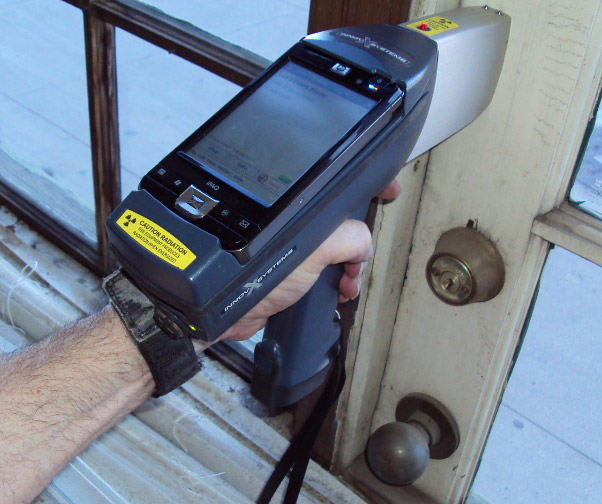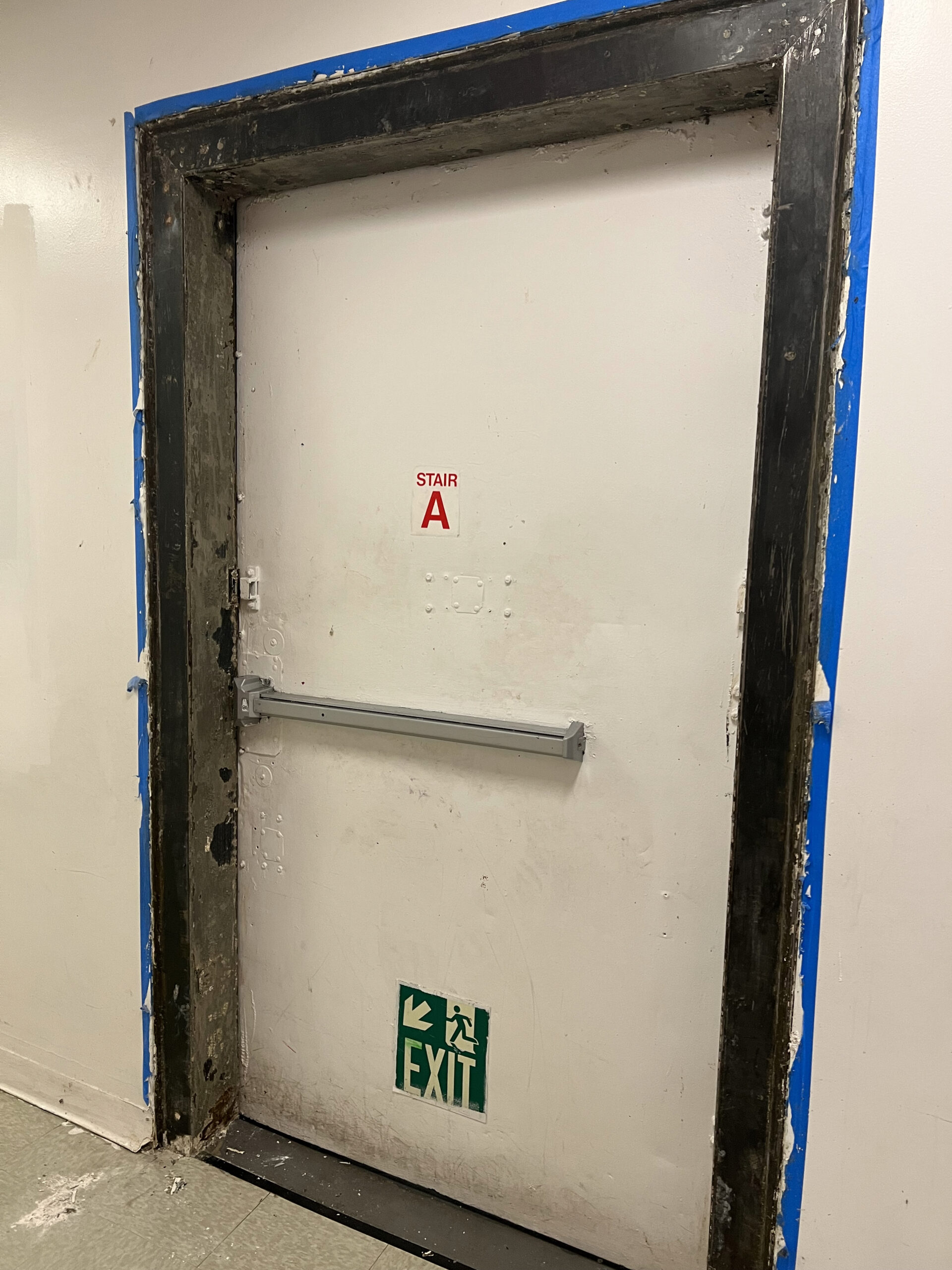Step-by-Step Process for Successful Lead Infraction Remediation
Addressing lead violations demands a precise and structured method to make sure both safety and security and governing conformity. The journey begins with the exact discovery and evaluation of contamination resources, making use of advanced analysis devices. Following this, adherence to federal and state guidelines is critical to formulating an efficient remediation strategy. Such a plan should detail the certain approaches and timelines for action. The real removal requires experienced personnel to carry out these plans while strictly adhering to safety and security procedures. However what takes place after the removal is completed? The response lies in recognizing the essential post-remediation strategies that make certain long-term safety and security and community wellness.

Discovery and Analysis
Discovery and analysis are vital action in the removal of lead violations. To ensure a reliable removal procedure, it is necessary to conduct a detailed evaluation of the setting where potential lead exposure exists. The first stage of detection includes recognizing sources of lead contamination, which can be discovered in paint, water pipes, dirt, and dirt. Using advanced analysis devices such as X-ray fluorescence (XRF) analyzers and atomic absorption spectroscopy (AAS) can supply precise dimensions of lead concentrations.
This includes evaluating the degree and severity of contamination, as well as determining populaces at danger, especially kids and expectant ladies. The collected data should be diligently recorded to support the development of a reliable removal technique.
Additionally, it is critical to focus on areas with the highest degree of contamination and those that posture the best wellness dangers. Reliable interaction with stakeholders, consisting of building proprietors, residents, and public health and wellness authorities, is important for ensuring that all celebrations are notified about the findings and the succeeding actions needed for removal. This preliminary discovery and analysis phase prepares for an effective lead violation remediation procedure.

Lawful and Regulative Compliance
Browsing the landscape of lawful and regulatory conformity is a crucial facet of effective lead infraction remediation. Compliance ensures not just the security of afflicted populations but additionally the trustworthiness and legal standing of the organization in charge of remediation. Rules governing lead contamination are complex, including government, state, and neighborhood laws. At the government level, the Environmental Security Firm (EPA) establishes strict criteria under the Poisonous Compounds Control Act (TSCA) and the Lead-Based Paint Restoration, Repair Work, and Painting Regulation (RRP Regulation)
State and neighborhood regulations can vary, typically enforcing extra commitments or even more stringent requirements. Consequently, an extensive understanding of all appropriate lawful frameworks is critical. This involves meticulous documents of all remediation activities to show conformity. Failing to comply with these guidelines can lead to extreme fines, including hefty penalties, legal activity, and reputational damage.
Involving lawful experts focused on ecological legislation can promote navigating these complexities. Regular training and accreditation for all employees entailed in the removal process are also compulsory to make certain adherence to safety and security and regulative requirements. By focusing on lawful and governing conformity, companies can properly reduce dangers and attain an effective remediation end result.
Preparation the Removal
Properly preparing the removal of lead offenses starts with a thorough assessment of the infected website. This data-driven technique makes sure that removal initiatives are suitably targeted and effective.
When the contamination is mapped, a risk evaluation should be carried out to examine possible health dangers to human beings and the atmosphere. Lead Violation Removal in NYC. This analysis must think about aspects such as exposure pathways, population susceptability, and eco-friendly impacts. The insights gathered will develop the basis for choosing an ideal removal strategy
Consequently, establishing clear, possible purposes for the removal task is essential. These goals must straighten with governing criteria and stakeholder expectations to make sure conformity and area acceptance. Developing an in-depth removal strategy that outlines techniques, timelines, and source allocation will help with an organized method to the cleaning process.
In addition, it is necessary to engage with stakeholders early and maintain transparent communication throughout the planning stage. This consists of educating regional neighborhoods, getting necessary licenses, and coordinating with governing agencies to make sure all lawful and step-by-step needs are met. A well-crafted remediation strategy not only attends to visit this site the contamination efficiently but additionally constructs count on and collaboration amongst all events included.
Performing the Remediation
With a well-structured removal plan in position, the focus changes to the real implementation of the removal activities. This stage includes activating the required resources, consisting of experienced personnel, specialized equipment, and premium materials. Begin by clearly delineating duties and duties to make certain responsibility and seamless coordination among employee.
This includes establishing up containment areas to stop lead dirt and particles from spreading, as well as utilizing air purification systems to maintain air quality. Make use of approaches such as wet scuffing, chemical removing, or encapsulation, depending on the severity and place of the contamination.
Throughout the remediation procedure, conduct periodic examinations and air high quality monitoring to guarantee compliance with regulative requirements. Efficient interaction with stakeholders, consisting of home proprietors and owners, is important to maintain them educated of progression and any kind of unexpected developments. By carefully complying with these actions, the remediation tasks can be implemented efficiently and efficiently, ultimately mitigating lead threats.
Post-Remediation Strategies
Post-remediation strategies play a vital role in ensuring the lasting success of lead offense remediation initiatives. These strategies include continuous surveillance, upkeep, and neighborhood education to avoid future lead exposure and guarantee a safe setting.
First, normal surveillance is necessary. This includes periodic screening of the formerly impacted locations to make certain that lead degrees stay within safe limits. Homeowner should develop a timetable for these tests, preferably in partnership with licensed environmental read review professionals.

Third, enlightening the useful reference area plays a crucial duty in maintaining the benefits of removal. Locals and home supervisors ought to be educated regarding the risks of lead exposure and the ideal methods for keeping a lead-safe atmosphere. Workshops, informational handouts, and area meetings can be reliable tools for distributing this information.
Verdict
Effective lead infraction removal calls for a comprehensive, systematic method including detection and evaluation of contamination, adherence to lawful and regulative requirements, careful preparation, and efficient implementation of removal initiatives. This systematic process emphasizes the relevance of thoroughness and vigilance in dealing with and alleviating lead contamination.